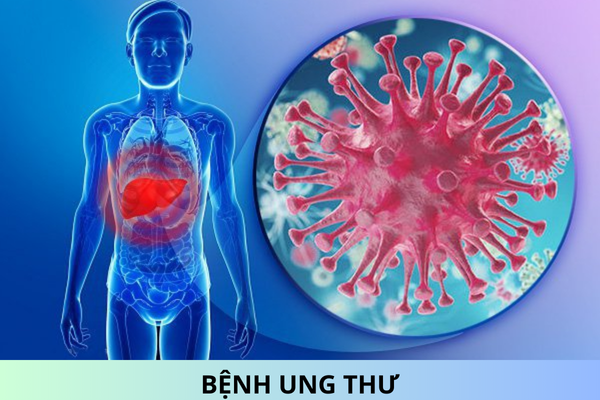How to diagnose and test Classical Swine Fever in the prevention of terrestrial animal diseases in Vietnam?
How to diagnose and test Classical Swine Fever in the prevention of terrestrial animal diseases in Vietnam? What are regulations on leptospirosis in the prevention of terrestrial animal diseases in Vietnam?
Thank you!
How to diagnose and test Classical Swine Fever in the prevention of terrestrial animal diseases in Vietnam?
Pursuant to Section 6, Appendix 13 issued together with Circular 07/2016/TT-BNNPTNT stipulating as follows:
6. Diagnosis and testing of diseases
6.1. Specimens are blood, serum of pigs with high fever or kidneys, spleen, tonsils, and ileocecal valves of infected, dead pigs with signs of disease.
6.2. Specimens must be taken, packaged and preserved according to Vietnamese Regulation QCVN 01 - 83: 2011/BNNPTNT issued under Circular No. 71/2011/TT-BNNPTNT dated October 25, 2011 of the Ministry of Agriculture and Rural Development; Specimens must be stored in refrigerated conditions between 2°C and 8°C and immediately transfer to an agricultural testing laboratory accredited by the competent authority.
6.3. Testing method: Follow the diagnostic procedure for Swine Fever specified in Vietnamese Standard TCVN 5273:2010.
What are regulations on leptospirosis in the prevention of terrestrial animal diseases in Vietnam?
Pursuant to Section 1, Appendix 14 issued together with Circular 07/2016/TT-BNNPTNT stipulating as follows:
1. Introduction to leptospirosis
1.1. Disease concept
a) Leptospirosis is a disease that is transmitted between animals and humans. This is an infectious disease in cattle caused by the Leptospira of the L. interrogans. The original reservoir of pathogens is rodents, mice can carry bacteria for life. The disease is characterized by fever, jaundice, mucosal yellowing, bloody urine; hepatitis, kidney; digestive disorders; miscarriage.
b) Resistance of bacteria: Under the right conditions, leptospirosis can survive in the environment for several months or years. Leptospirosis have weak resistance, are sensitive to temperature, leptospirosis are destroyed at 50°C for 10 minutes, 60°C in 5 minutes. Conventional disinfectants can kill leptospirosis quickly.
1.2. The source of the disease and the route of transmission
a) Species infected: cattle, horses, goats, sheep, pigs, dogs and cats, wild animals, rats, rabbits, humans...
b) Disease source: Mice carrying the infection; infected cattle; standing water, soil contaminated with the urine of rats and infected cattle.
c) Route of transmission
- Direct transmission: Through the gastrointestinal tract, through damaged skin and mucous membranes; oral mucosa, eyes and through mating.
- Indirect transmission: Through intermediate hosts such as insects, mites, gulls, flies, mosquitoes, leeches that bite infected cattle and transmit to healthy animals.
1.3. Clinical symptoms
a) Acute form
- For cattle, goats and sheep:
+ Calves often have acute illness, initial symptoms are high fever (40.5 °C - 41 °C), anorexia, bloody urine, shortness of breath due to pulmonary congestion, anemia, exhaustion gradually die. They usually have yellow urine.
+ Buffalo and cows have very different symptoms and are difficult to diagnose. Females in lactation have reduced milk production. Milk is usually yellow, with streaks of blood or clots. The breasts are usually soft and flabby.
- For dogs: The incubation period is from 4-12 days, but it can also be as short as 2 days. The animal had a fever of 40°C - 41°C, before the dog died the body temperature dropped to 36°C - 36.5°C; moodiness, vomiting, tremors, arched back, anorexia, inactivity, ulceration and necrosis on the tip of the tongue, diarrhea, blood in the stools.
- For pigs: The disease usually occurs in piglets and sows. Piglets are born with symptoms of fever, convulsions, emaciation, and weakness. Sows miscarried, stopped eating abnormally or ate little, tired, like to lie in the corner; edema, large head, small eyes; voice is weak, hoarse or gone completely, hairs stand up; yellow, slightly cloudy urine, possibly coffee-colored, with blood in it; mucous membranes and skin yellow, pigs with severe disease have yellow skin; painful eyes, pink, sometimes blind; Sows after 3-6 weeks of miscarriage usually succumb to the male without the general manifestation of estrus.
b) Chronic form
Cattle with mild fever 39°C - 39.5°C, pregnant cattle have miscarriage, premature birth, sterility, if giving birth, the baby will be born weak; Male cattle have arthritis, swollen testicles, dilute semen, and high percentage of malformed sperm.
1.4. Sickness
In infected cattle, the connective tissue under the skin is yellow; emphysema, in the bronchi and alveoli there is a lot of yellow water; coronary fat is yellow; the bladder is distended, the mucosa is heavily bleeding, filled with yellow, red or dark red urine, sometimes the bladder is flattened, no urine; swollen, yellowish-brown liver, disintegrated, necrotic, lymphocytic infiltrates and large mononuclear cells, proliferating bile duct cells, bile duct necrosis, gallbladder atrophy or distention, bile thickening like malt candy ; lymph nodes in the intestines are swollen and watery; In severe cases, the mesentery degenerates into yellow mucus; The kidneys are pale or yellow, swollen with white necrosis or small hemorrhages on the surface. For aborted fetus with necrotic spots such as pinheads on the liver, the fluid in the body is yellow. For pigs with severe disease, when slaughtered, there is a burning smell.
Best regards!











